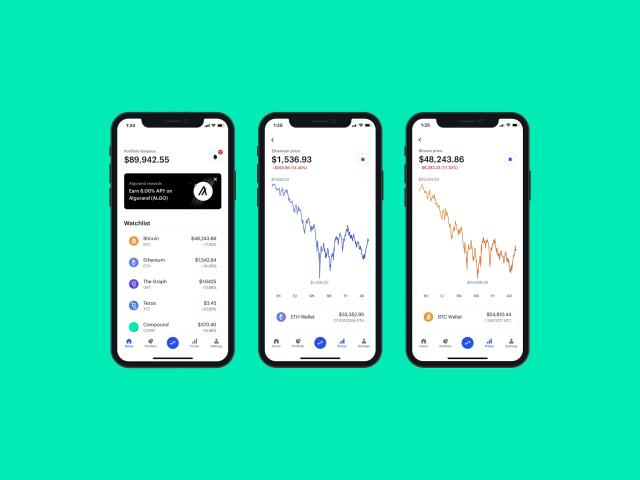
BEGINNER’S GUIDE
by: Towqeer gilkar

Understanding Gas Fees in Ethereum and How to Minimize Them
In the world of Ethereum, one of the most common concerns for users is the cost of gas fees. These fees can sometimes become prohibitively high, especially during periods of network congestion. Understanding what gas fees are, why they are necessary, and how to minimize them is crucial for anyone using the Ethereum network. This article explores the concept of gas fees in Ethereum, providing insights into how they work and tips on reducing them.
What Are Gas Fees?
In Ethereum, "gas" refers to the computational effort required to execute operations, like making transactions or deploying smart contracts. Gas fees are payments made by users to compensate for the computing energy required to process and validate transactions on the Ethereum blockchain.
Why Are Gas Fees Required?
- Network Resources: Gas fees help allocate limited network resources. They are essentially an incentive for miners to include transactions in a block.
- Security: By charging for every computation, Ethereum defends against spam transactions and malicious attacks intended to overload the network.
How Are Gas Fees Calculated?
Gas fees are determined by two factors: the gas limit and the gas price.
- Gas Limit: This is the maximum amount of gas a user is willing to spend on a transaction. Complex operations require more gas.
- Gas Price: Set in Gwei (one-billionth of an ETH), this is the amount of Ether a user is willing to pay per unit of gas. Users can set a higher gas price to prioritize their transaction.
Tips to Minimize Gas Fees
- Timing Your Transactions: Gas fees are lower when the network is less congested. Tools like Etherscan’s Gas Tracker can help identify cheaper times to transact.
- Setting an Appropriate Gas Limit: Setting the gas limit too high means overpaying for transactions. Users should set a realistic gas limit that matches the complexity of their transaction.
- Adjusting Gas Price: Users can adjust the gas price based on how quickly they need the transaction to be processed. Lower gas prices can be set for less urgent transactions.
- Using Gas Tokens: Gas tokens can be bought when gas prices are low and redeemed to offset fees when prices are high.
- Opting for Layer 2 Solutions: Layer 2 scaling solutions, like Optimism and Arbitrum, offer lower fees by processing transactions off the main Ethereum chain.
- Batching Transactions: Combining multiple operations into a single transaction can reduce the amount of gas needed compared to executing them individually.
Future of Gas Fees on Ethereum
The Ethereum network is in the process of transitioning to Ethereum 2.0, which will implement a proof-of-stake consensus mechanism. This upgrade is expected to significantly reduce gas fees by improving the efficiency and scalability of the network.
Conclusion
Gas fees are a fundamental part of the Ethereum ecosystem, playing a crucial role in maintaining the network’s health and security. While they can be a source of frustration due to their fluctuating and sometimes high costs, understanding how they work is the first step in minimizing their impact. By strategically timing transactions, adjusting gas settings, and exploring alternative solutions, users can effectively manage and reduce their gas fees on the Ethereum network. With the upcoming Ethereum 2.0 upgrade, there is also optimism for more sustainable and user-friendly fee structures in the future.
Related Blogs
Our great way to help make people keep working for us is to invest in their overall job satisfaction by providing them with the perks and benefits they want most.




